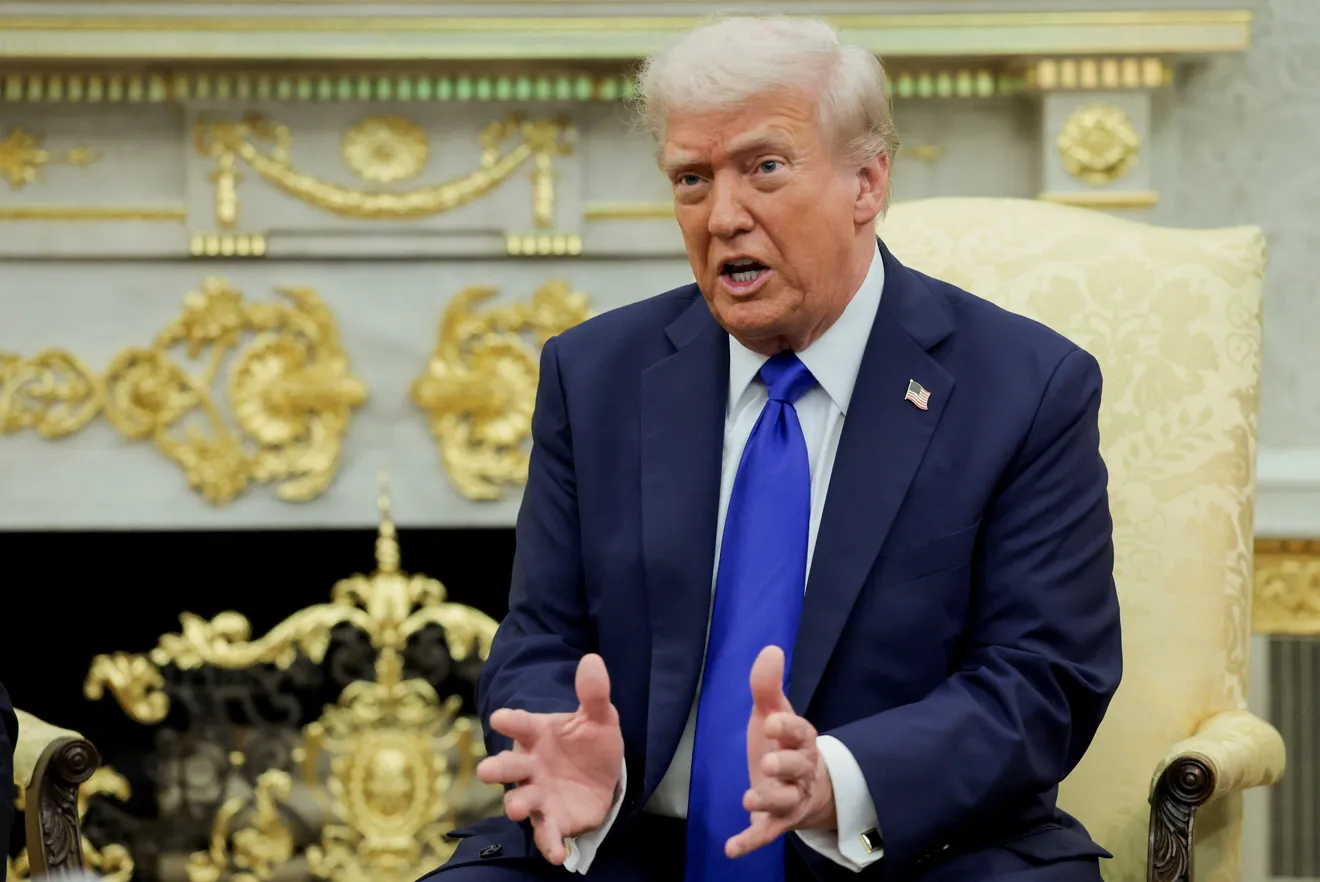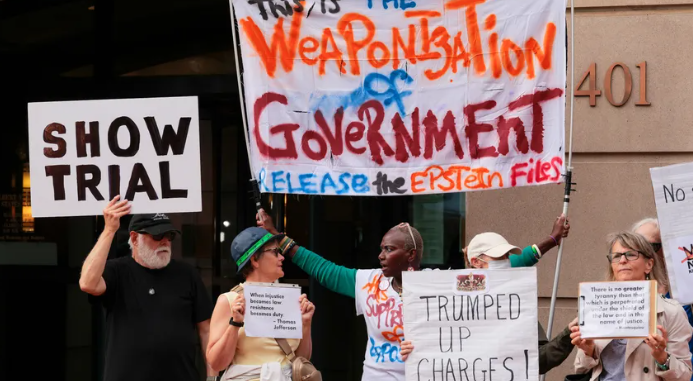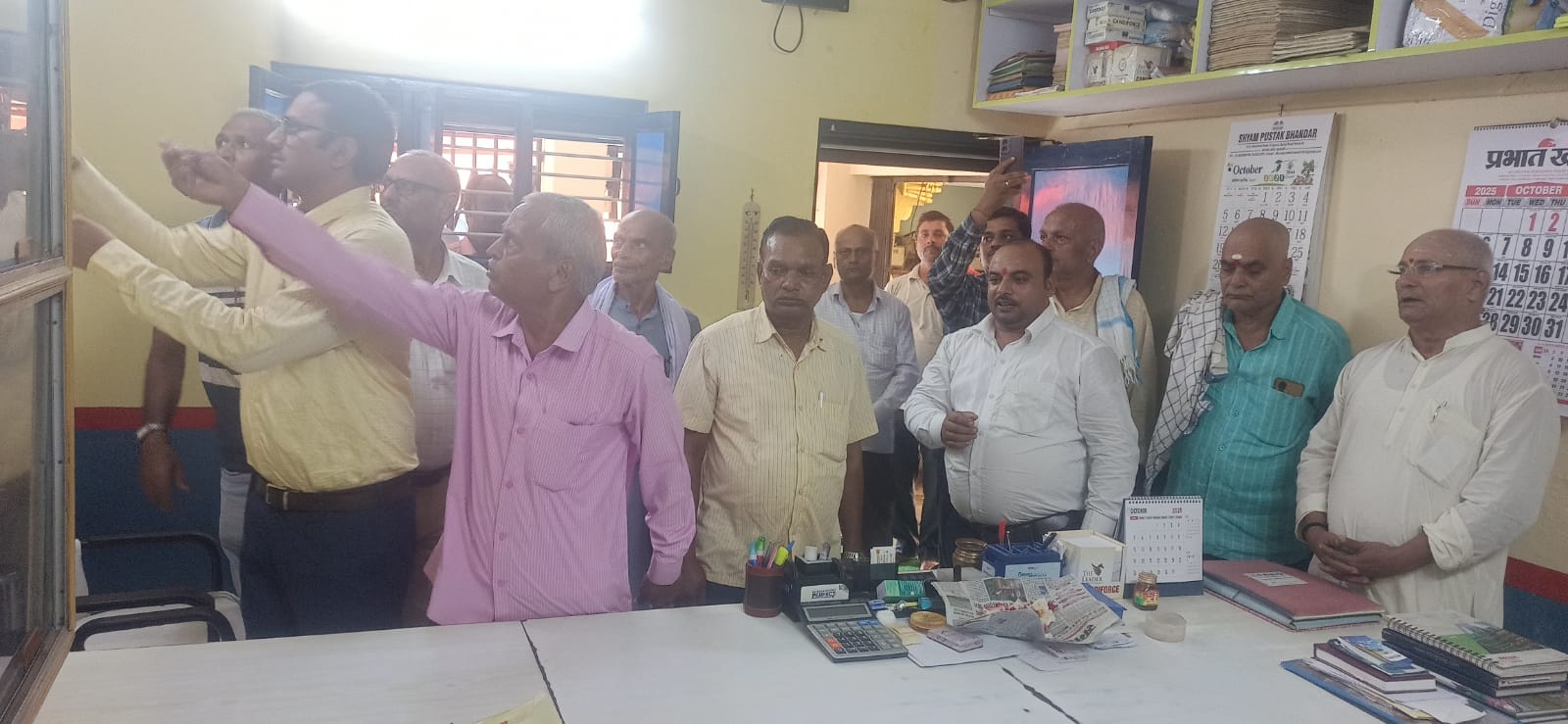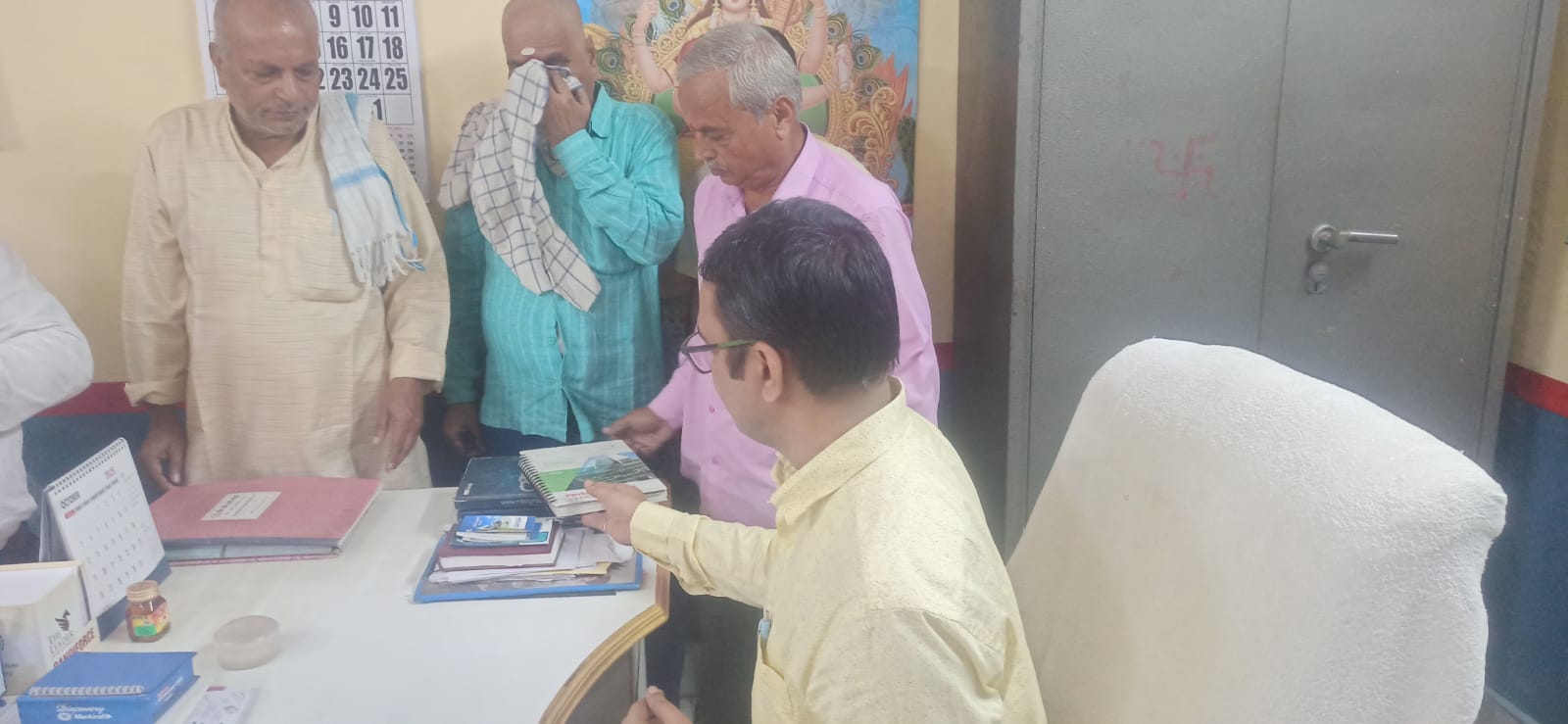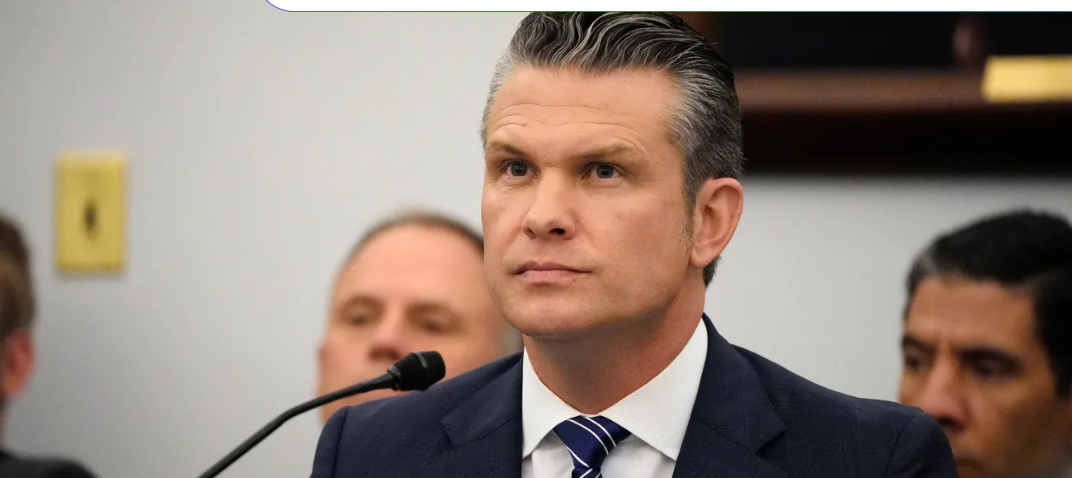For months, as the expiration of health insurance subsidies loomed, state health insurance commissioners warned Congress that millions of middle-class Americans were likely to see their insurance premiums double or triple.
Now, Washington is at a stalemate. The government has closed.
Democrats say Congress needs to permanently extend the credits now before open enrollment for state health insurance marketplaces begins Nov. 1. Republicans say they will not discuss health policy as part of a bill to reopen the government and can deal with the subsidies before they expire Dec. 31.
But the reality on the ground is that people are already being notified of the expected cost increases. Insurance companies have submitted their rates and open enrollment begins in less than a month, leaving little time to make adjustments.
“People see that December 31st date, but it really is that people are making decisions within weeks from now,” said Devon Trolley, Executive Director of Pennie, Pennsylvania’s insurance marketplace.
Trolley said it will be “chaotic” and “messy” if Congress waits to act until open enrollment begins, and even worse if they wait until the end of the year.
“The cleanest, most cost effective, most beneficial time to do it is right now, before open enrollment starts,” she said.
Even if Congress does act to extend the tax subsidies later this year or early in the next, insurance commissioners fear the damage will have been done and at least hundreds of thousands of Americans will be newly uninsured.
Impact didn’t sneak up
The National Association of Insurance Commissioners sent four letters to Congress this year and commissioners visited repeatedly in person, pleading with Senate and Democratic leaders of both parties to act.
“It’s not like it snuck up on us,” said Oklahoma Insurance Commissioner Glen Mulready, who is chairman of the Association’s Health Insurance and Managed Care Committee.
In those months of talking with Congress, the Association urged representatives and senators to at least scale back the subsidies over a few years so people would have time to find a way to pay for the increase. Instead, they are facing a cliff, Mulready said.
The Association’s president Jon Godfread, who is also North Dakota’s Insurance Commissioner said every state commissioner told their delegations what the cost of not extending the enhanced subsidies will be for their states.
“I don’t know of a single insurance Commissioner ‒ red state, blue state, wherever, elected, appointed ‒ that doesn’t support the continuation of these tax credits,” Godfread said.
Until recently, the deadline felt far away, he said. It was hard to get Congress to listen.
“I feel like I spent the entire month of May in DC talking to Congress on this issue,” Godfread said. “As with everything it feels like these days in DC, you gotta wait till the very deadline to make some movement on this stuff.”
Trolley, of Pennsylvania, said she begged Congress for certainty so insurance companies and consumers would have time to plan.
“Congressional vehicle after vehicle has passed without any updates and this is really kind of the last train leaving the station before people make those decisions,” she said.
Congress fighting over ‒ and maybe starting to budge on ‒ health care
Democrats say they are taking one of the few open opportunities as the minority party to push back on the GOP’s recent health care changes. Democrats also want to undo large scale Medicaid cuts made this summer in the GOP tax and spending bill.
Republicans say Democrats are holding the government hostage over a topic that doesn’t need to be resolved in the midst of a crisis and that discussions of what to do about the subsidies can wait.
“We have effectively three months to negotiate. In the White House and in the halls of Congress, that’s like an eternity,” House Speaker Mike Johnson, a Louisiana Republican, told MSNBC’s Ali Vitali on Oct. 6.
There is some behind-the-scenes movement. A bipartisan group of senators has begun quietly meeting to find a path forward, and cracks in the Republican position are starting to show.
On Oct. 6, Georgia Republican Rep. Marjorie Taylor Greene, who opposes the Affordable Care Act, broke with House leaders in supporting extending the subsidies.
That same day, President Donald Trump indicated to reporters that the subsidies might be a negotiating point in reopening the government.
“We have a negotiation going on with the Democrats that could lead to good things,” Trump said. “And I’m talking about good things with regard to health care.”
Godfread is still hopeful Congress will extend the subsidies before open enrollment begins in most states Nov. 1 or at least early in the enrollment window.
“The challenge we have right now is the timing of it all,” Godfread said. “We are up against the absolute deadline.”
Subsidized health coverage for 24 million Americans at stake
The enhanced premium tax credits are a product of the COVID-19 pandemic when Congress expanded who could get a subsidy to help them buy insurance on the marketplace in an effort to get as many Americans insured as possible.
The enhanced tax credits increased subsidies for eligible people, and expanded eligibility to include those making more than four times the federal poverty level. In 2025, that figure is $62,600 for an individual or $124,800 for a family of four.
Americans flocked to buy insurance with the subsidies. The number of people purchasing insurance through the marketplace has more than doubled since 2020. The majority of users are in states that voted for Trump in 2024, like Florida, Georgia and Texas, according to KFF, a nonprofit health policy institute.
About 92% of the 24.3 million Americans who use the marketplace receive a subsidy of some amount, according to KFF. If Congress doesn’t act and the credits expire at the end of 2025, out-of-pocket premiums would rise by more than 75% on average.
Two sets of rates established
Because of the uncertainty, many states asked insurance companies for two sets of rates. One for if the enhanced subsidies ended. The other if Congress acted to extend them.
“We really built our planning around a go-no-go of Sept. 30,” said Covered California’s Executive Director Jessica Altman.
The no enhanced subsidy rates were loaded into their system when the government closed that day and California began mailing out personalized renewal information ‒ including expected costs without the enhanced subsidies ‒ to the 2 million people who purchase insurance through the marketplace.
“If you think about this from the consumer perspective and the moment in time when they’re understanding this impact and making decisions based on that impact, not only is it happening in November, they actually start to find out about it in October,” she said.
In Oklahoma, “we were sort of holding off in pushing forward real education to the consumers, kind of hoping and thinking that something might change or something might come about. But for our state that wait has ended. We’ve got to be communicating out to folks,” Mulready said.
Insurance companies determined their rates expecting that with lower or no subsidies, younger and healthier people will not purchase insurance, leaving an older and less healthy pool of people ‒ a group that will cost more to cover because they have chronic conditions, or more severe health needs.
“The ones who need health coverage because their life literally depends on it ‒ it’s their cancer treatments, it’s medications that are keeping their seizures at bay, like literally, it is life or death for them to stay on health coverage ‒ they will continue to stay, find a way to stay enrolled,” Trolley said.
Without the enhanced subsidies, most people who purchase through the marketplace will see their premiums double, if not more. KFF has a calculator that people can use to estimate how their costs could change based on state, zip code, income and family size.
“We are anticipating that people, even as soon as (Nov. 1), will have to make the tough decision that they cannot afford to stay covered for 2026 because of the significant premium increases,” Trolley said.
Who uses the marketplace?
About half of users are small business owners, self-employed people and people who work for a small business, according to KFF.
“By definition, we serve people who don’t have the privilege of the type of work that offers a stable job with stable benefits where the employer is paying a large portion of the cost of their health insurance,” Altman said. That includes parents of young kids working part-time in the gig economy, entrepreneurs and early retirees too young for Medicare, she said.
Godfread said he’s stressed to his North Dakota delegation that farmers, ranchers, small business owners and their employees make up a large percentage of people who buy on the exchange. They don’t have access to health care through any other means such as through an employer, Medicare, Medicaid or Tricare, he said.
“A lot of these folks who these subsidies are impacting are the ones who are moving our economy forward,” Godfread said.
Even if Congress acts soon, delays and confusion are likely
Marketplaces and consumers face a drawn-out, costly process if Congress waits until December or later to act on the subsidies, Trolley said.
If Congress extends the enhanced premium tax credits, the lower rates pitched by insurance companies based on having a larger pool of consumers can be implemented and all people who buy on the marketplace ‒ not just those who get the enhanced subsidies ‒ are expected to see their rates go down.
But it could take a month or two to input the lower rates provided by insurance companies and then inform consumers that rates have changed, Trolley said.
“Even just to update everything would probably take into January or February in order to give people a chance to update their premiums and update their information,” Trolley said. “It’ll be very disruptive to do that after people have already selected. It would be very messy.”
In some cases, people will have already had to sit with the stress of a difficult choice for weeks if not months, Altman said.
“They will have started reorganizing their household costs around affording the higher price tag for their health insurance.” Altman said. Some will have switched to high-deductible plans. “And some consumers will have said, I just can’t do it, and walked away.”
Commissioners fear those people won’t return, Mulready said.
Mulready said Oklahoma is expecting at least a third of the 300,000 people who purchased from the marketplace last year to skip it this year.
Trolley expects 150,000 of the 500,000 people using Pennie will go uninsured without the enhanced premiums, and she fears the marketplace’s outreach if the subsidies are extended won’t be considered credible.
California expects 400,000 of the 2 million people on the marketplace to walk away and while the state is setting aside money to win them back through text messages, emails, letters and calls if Congress acts, Altman said she doubts all will return.
“If that scenario plays out where tax breaks are extended in December, or at the end of the year, early next year, we will have lost people for coverage for what ends up being no reason other than Congress failed to act soon enough,” Altman said.



